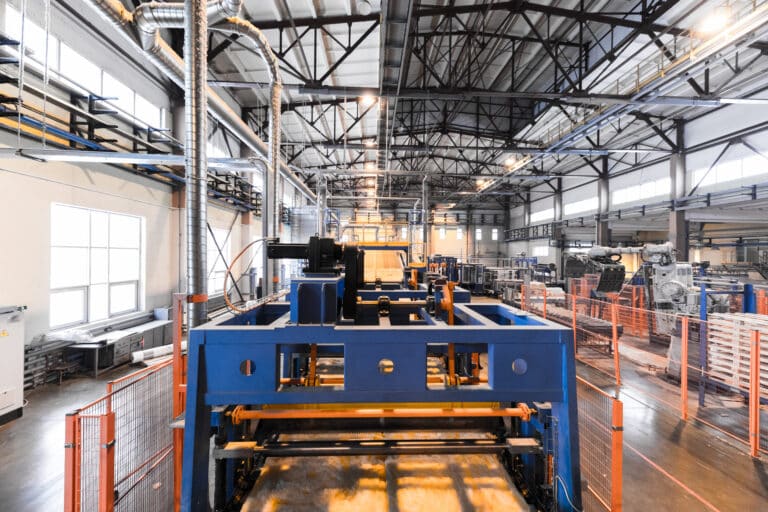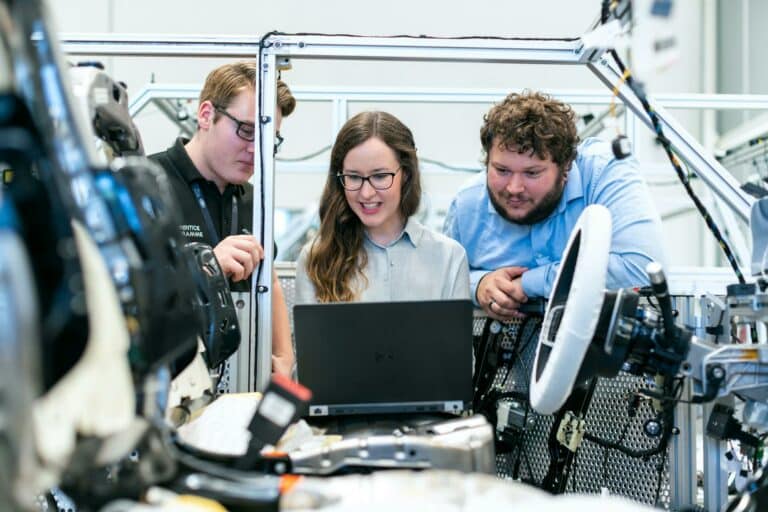Whether you need to perform the manufacturing process for the automotive, consumer electronics, or any other industries, you will need to use plastic molds to get the production process done. Creating the tooling or plastic mold is required in any injection molding activities, as it will serve as the basic tool to create plastic parts for your manufacturing production.
With this plastic mold injection, you can put the molten plastic materials into the mold to fill the mold cavities and then cool it down to allow its solidification. This guide will inform you about how you can install a plastic mold to an injection machine.
Is There any Special Process to Install a Plastic Mold to an Injection Machine?
To put it simply, there is no special process to install a plastic mold to an injection machine. You just need to follow the machine’s guidelines about how to install any mold to it. Of course, the plastic mold itself needs to follow the machine specifications before you can use it with the machine.
The machine should allow you to perform a simple and easy installation for any plastic mold you have, provided that it follows the specifications or requirements of the equipment. The mold needs to have the size and shape that are compatible with the injection machine hardware.
Preparations to Do Before Installing a Plastic Mold
The primary goal in the plastic mold installation is to ensure that it will fit well with the machine and it will work well to produce plastic products. Here are some preparations to do before installing a plastic mold into the injection molding equipment:
- Check the machine specifications. It’s best to check the machine specifications first before creating the plastic mold, as the mold needs to be compatible with the injection machine you are using. By ensuring the full compatibility between the injection machine and the plastic mold, you are one step closer to making the plastic mold to work best with your molding equipment.
- Check the clamping force requirements. Next, you will need to ensure the best fit between the plastic mold and the injection machine, which is by checking the clamping force or tonnage requirements. You will need to apply the right tonnage for the plastic mold, so it can withstand long production time without getting wobbled in the process.
- Cleanliness of the machine. Ensure the cleanliness of the machine to make the machine work its best during operation, especially when you consider that injection molding can produce a lot of waste materials. Install the plastic mold only when the machine is already clean from the previous waste materials and clutters.
- Special mold specifications. Are there any special mold specifications for your plastic mold? For instance, does it have an insert molding feature? If so, you also need to consider the special mold specifications before installing a plastic mold to the injection machine.
- Nozzle compatibility. An incompatible nozzle can cause nozzle problems, which can damage the surrounding area and disrupt your plastic molding operations. Be sure to check the nozzle compatibility, so you can fit the nozzle with the injection molding machine without leaving any possibility for water leaks, cracks, or any other problems.
- Mold accessories. Some plastic molds will require the use of accessories. So, be sure to check if the mold accessories will work well with the plastic mold and the injection machine for the best production performance.
Step by Step Process of Plastic Mold Installation
Before installing the mold, it is also important to use mold flow analysis to check how the mold will perform later. The mold flow analysis is an excellent method to find out issues about the mold before you use it later, so that you can fix these issues beforehand.
Here’s the step-by-step process of plastic mold installation:
- Cleaning up the mold. The plastic mold you are using needs to be cleaned first before use, especially from debris and other unnecessary impurities. Perform a thorough cleaning process of the mold before installing it into the machine.
- Load the mold into the machine with utmost care. Next, you will need to load the mold into the injection molding equipment with utmost care as to avoid any damage during the loading process. It’s best to have a competent and skillful operator to do this to avoid costly mistakes.
- Apply the clamping force based on the machine specification. You will need to apply the clamping force for the mold based on the tonnage requirement that your machine has. Generally, the larger the mold, the stronger the clamping force requirement will be, and it is important to know that there is also maximum tonnage that a machine can handle.
- Perform various alignment processes with the machine. Once the clamping process is complete, now it is time for you to perform various alignment processes between the mold and the machine. Make sure that all parts of the mold can get fitted into the specific machine parts as intended.
- Ensuring various mold accessories to fit into the machine. If you want to use specific mold accessories, you will also need to fit the accessories right into the mold and make sure that they also fit with the injection machine. Some example accessories include insert molding and two-shot molding parts.
- Calibration and setup process. Now that the mold is clamped and connected to the machine, it’s time for you to calibrate the injection machine with the mold. The setup process will begin to prepare the machine for the whole injection molding operation.
- Testing and improvement process. Last but not least, it’s important for you to perform the testing process for the mold. A test run is needed to evaluate the performance of the mold, and then you can continue with the improvement process. You will need to adjust various things that might not work properly and ensure that the process will work to produce plastic products as per your design requirements.
Conclusion
To install the plastic mold to the injection equipment correctly, you will need to prepare both the mold and the machine first. After preparing the plastic mold, you need to check the connection between the mold and the machine before you can run some tests on it.
Best Manufacturing Services
For more information about our injection molding services, you can contact us at Team Rapid to request a quote for your injection molding project.












